When selecting night vision devices, one of the most important performance parameters to consider is the Figure of Merit (FOM) of the image intensifier tube (IIT). This metric plays a crucial role in assessing the performance and quality of night vision devices. Essentially, the higher the FOM, the better the device will perform in low-light conditions.
In this blog, we’ll explore the difference between 1400 FOM and 1800 FOM night vision devices, helping you make an informed choice based on your specific needs.
Official Definition
FOM, or Figure of Merit, is a number derived by multiplying the Signal-to-Noise Ratio (SNR) by the resolution of the night vision image intensifier. The FOM value is the most commonly used method for determining the performance of night vision devices.
FOM=SNR×Resolution (lp/mm)
- Signal-to-Noise Ratio (SNR): This represents the ratio between the signal (image) and the noise (unwanted interference). SNR is the best indicator of low-light performance. In low-light conditions, a “TV static effect” appears in the tube. This is known as scintillation or noise. This noise takes away from what you’re trying to see. The higher the SNR value, the less noise is present, and therefore, better low-light performance is obtained.
- Resolution (lp/mm): Measured in line pairs per millimeter, the resolution indicates the level of detail a night vision device can provide. Higher resolution means more detailed images. The resolution is different between the center and outside of the IITs. Center resolution is always listed on the sheets. Lenses and how well you focus them can affect resolution as seen by your eye. For new tubes, 64 is the standard parameter, but tubes above 64 are becoming increasingly common.
By multiplying these two factors, FOM gives a quick estimate of the overall performance level of a night vision device. Some people believe that among these two factors, SNR is more worthy of attention. The reason is that SNR is essentially low-light resolution and should be maximized as much as possible, whereas Res 64 and above isn’t so easy to distinguish by the human eyes.
Let’s put that to the test.
Below you can see pictures taken with test devices in the same low-light environments. It is easy to judge the results.
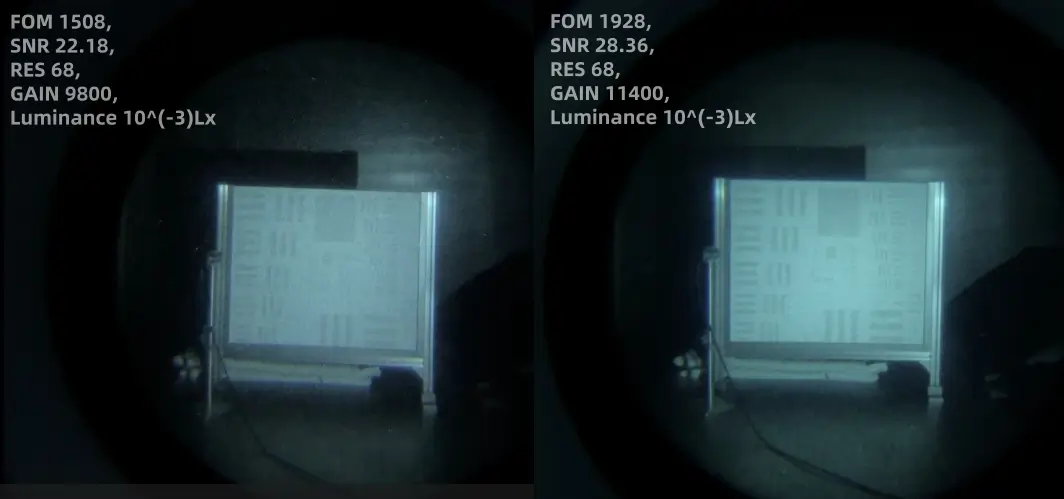
As you see, When the IIT has the same resolution but a different SNR, the noise in the left image is obviously more.
On this picture below we can notice a more significant difference in image quality in low-light conditions. In the picture on the right side you can see different objects on the background, but on the left side it’s more blurry.
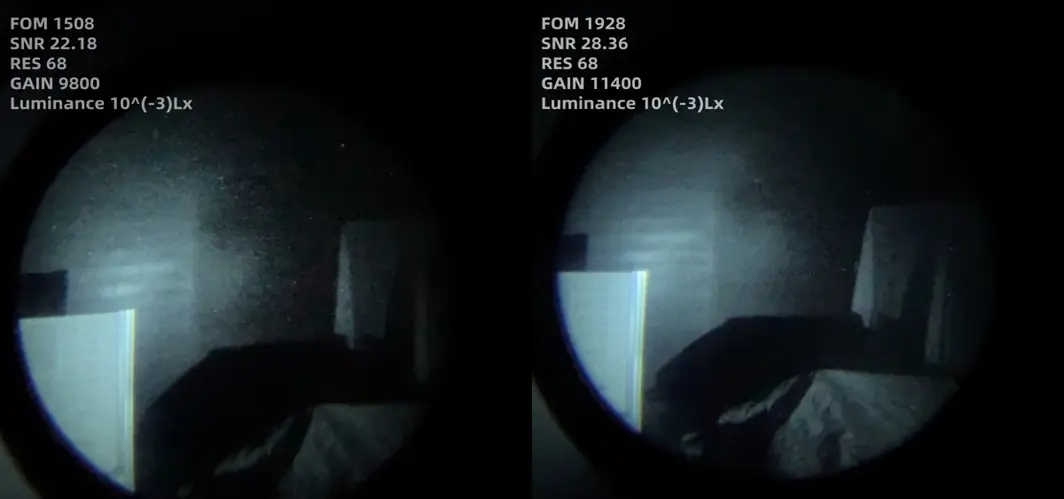
Based on the images we’ve reviewed, we can all agree that devices with higher FOM ratings perform better in low-light environments.
What is your best choice?
A night vision device with a FOM range of 1400-1600 can be considered a solid, mid-range option. These devices balance performance and cost well, making them suitable for a wide range of applications.
However, a 1400 FOM device may struggle in extremely low-light conditions or environments with a lot of visual noise.
On the other hand, a night vision device with FOM rating of 1800-2000 offers a significant upgrade in performance. these devices will provide a clearer image with less noise, even in challenging conditions. The difference is particularly noticeable in environments with very little ambient light or when identifying objects at greater distances.
They excel in:
- Military Operations: Ideal for missions where every detail matters, and the environment is unpredictable.
- Special Forces: Used in high-stakes operations where the ability to see clearly in complete darkness can be a matter of life and death.
- Advanced Surveillance: Essential for surveillance operations that require capturing detailed images in low-light conditions.
It’s also important to note that higher FOM devices typically come with a higher price tag. The decision between a 1400 FOM and 1800 FOM night vision device should consider both budget constraints and the specific requirements of the task at hand.
To wrap it up
When choosing your next night vision device, consider what’s most important for your use case: the balance of cost and performance or the assurance of the highest possible image quality and detail.

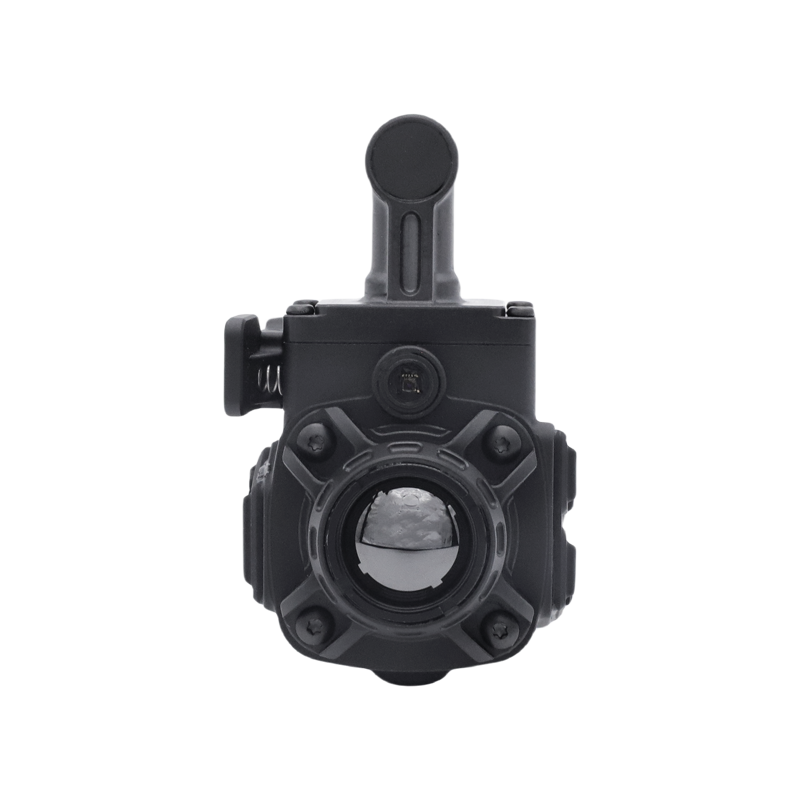
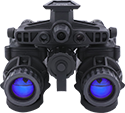
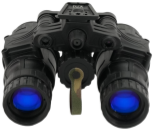

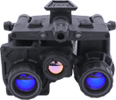

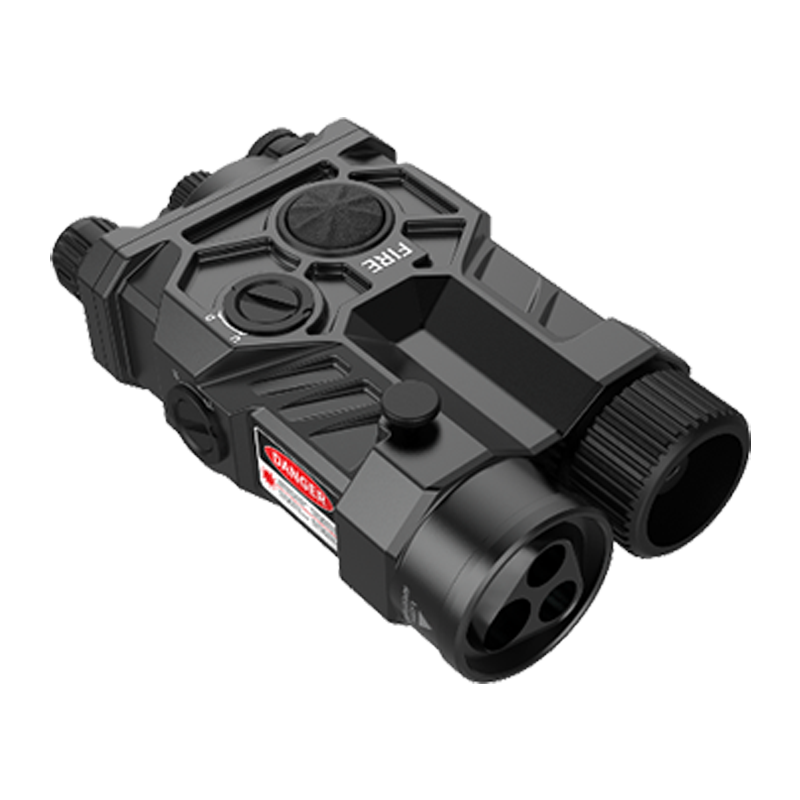
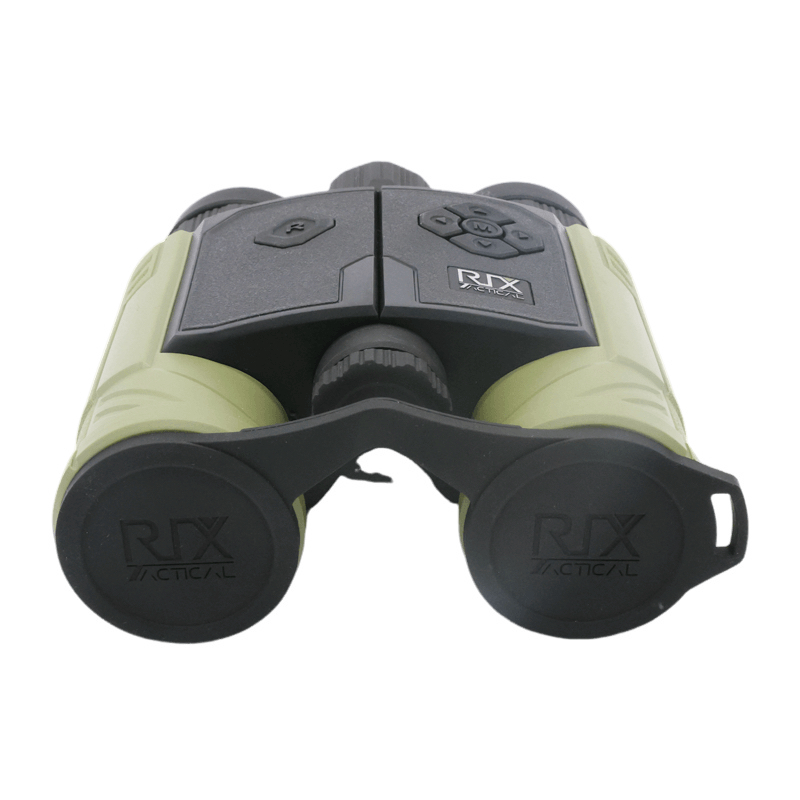
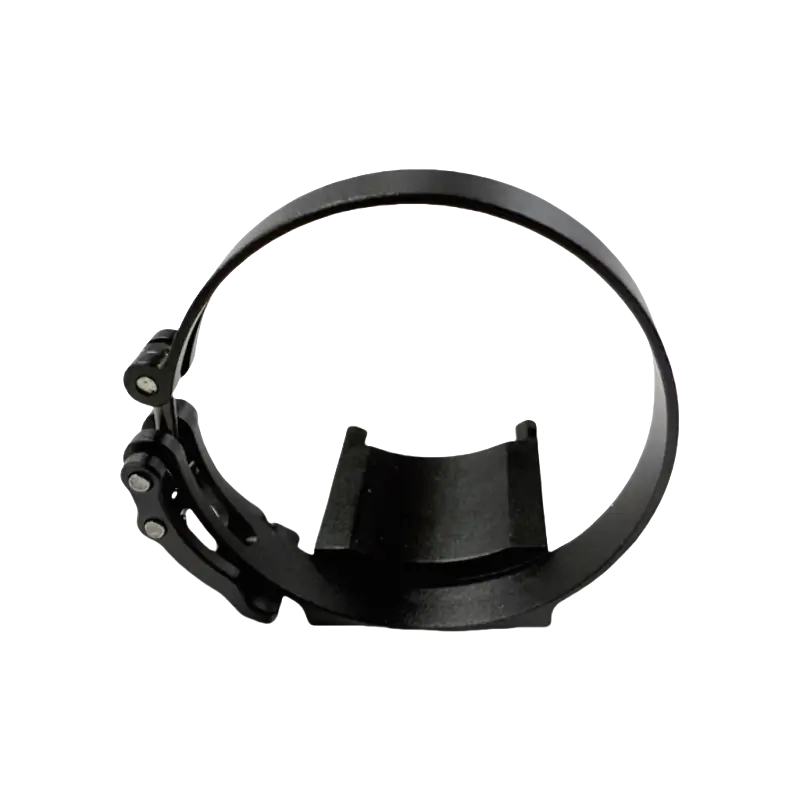
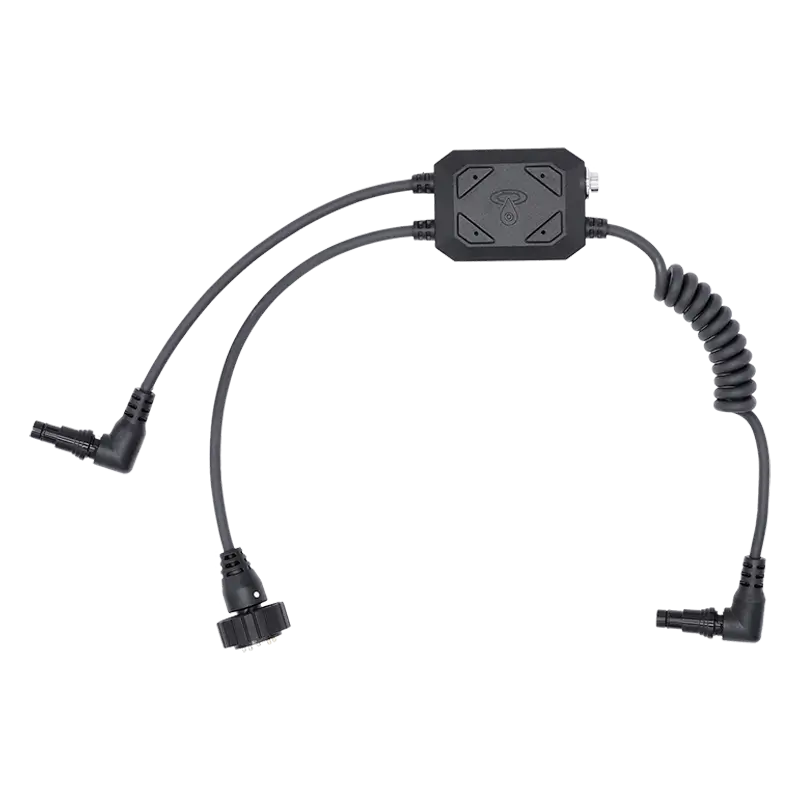
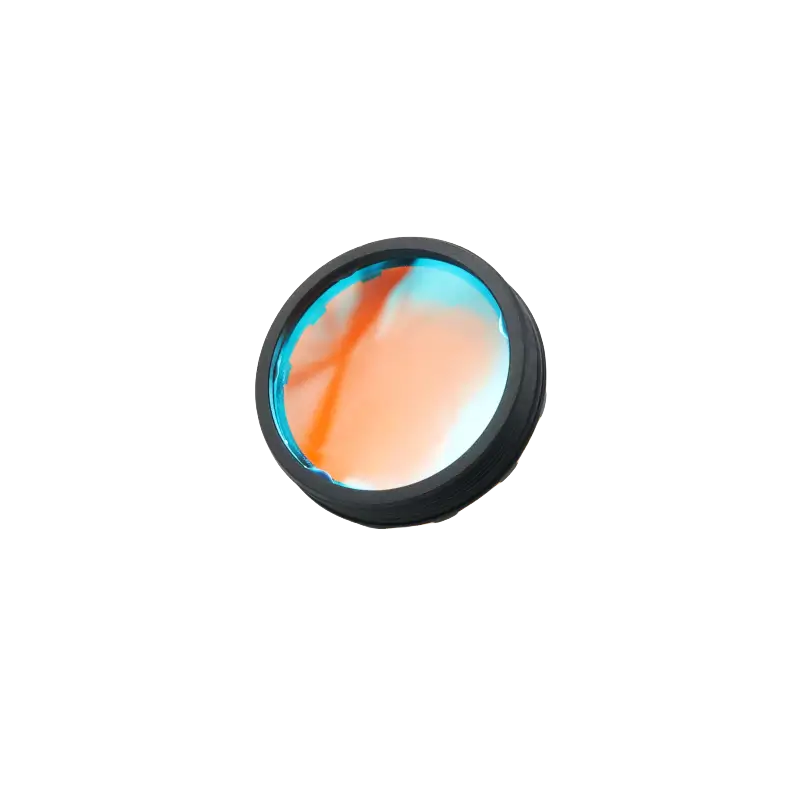
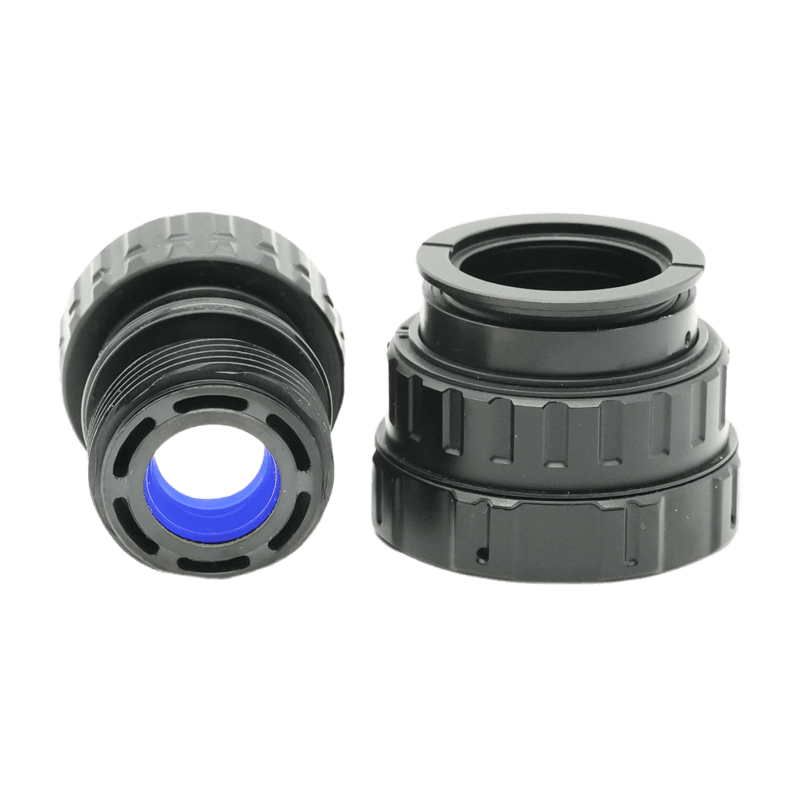
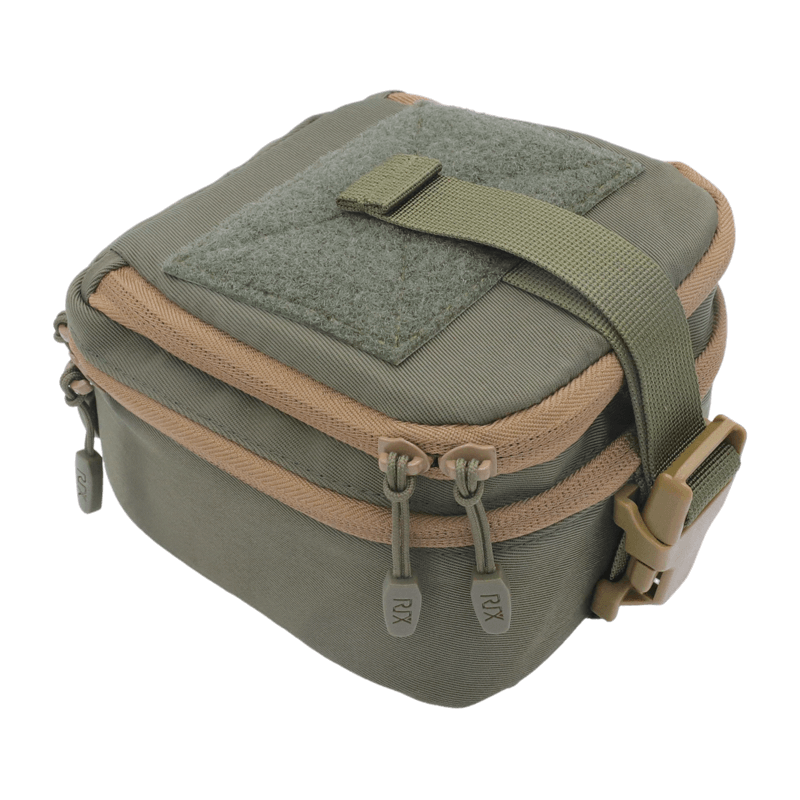
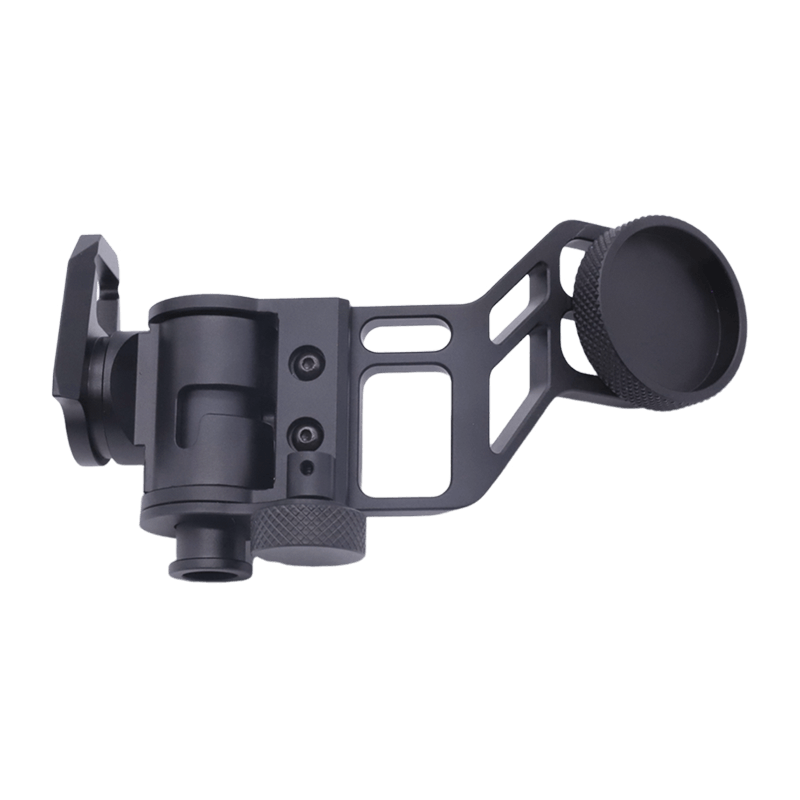
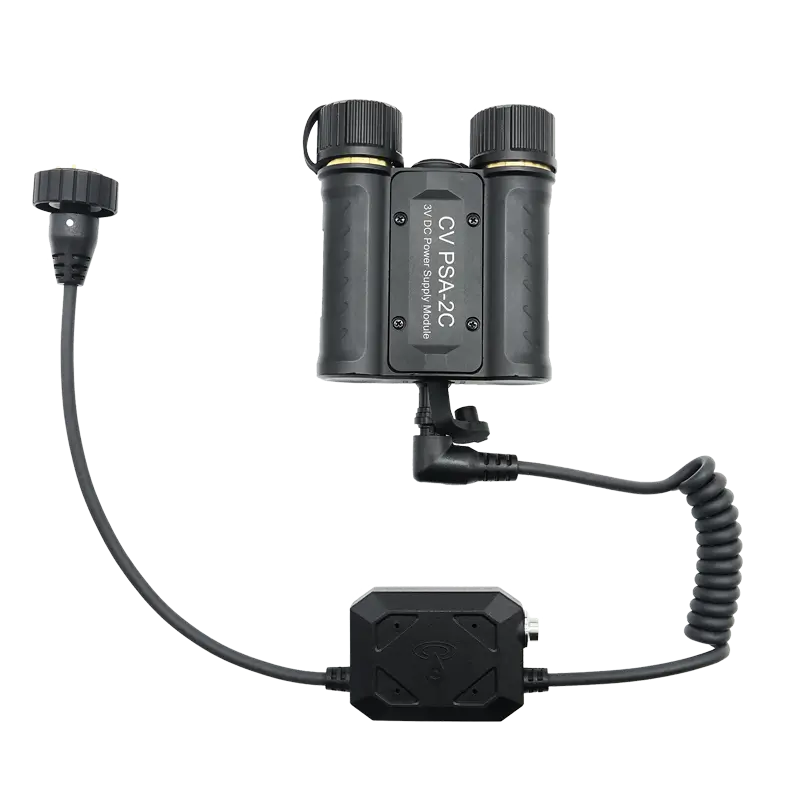
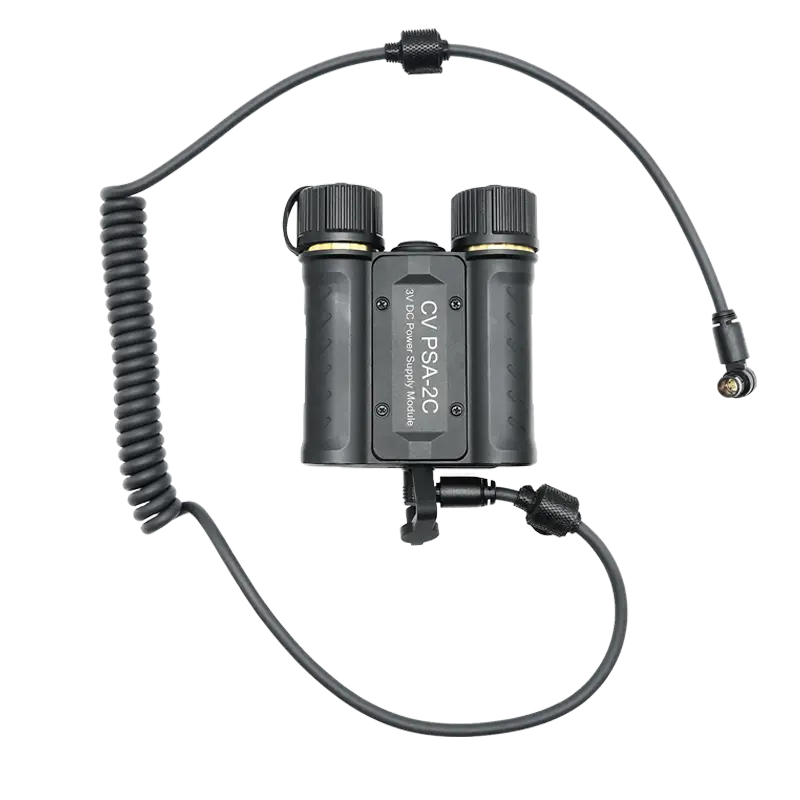
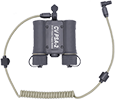
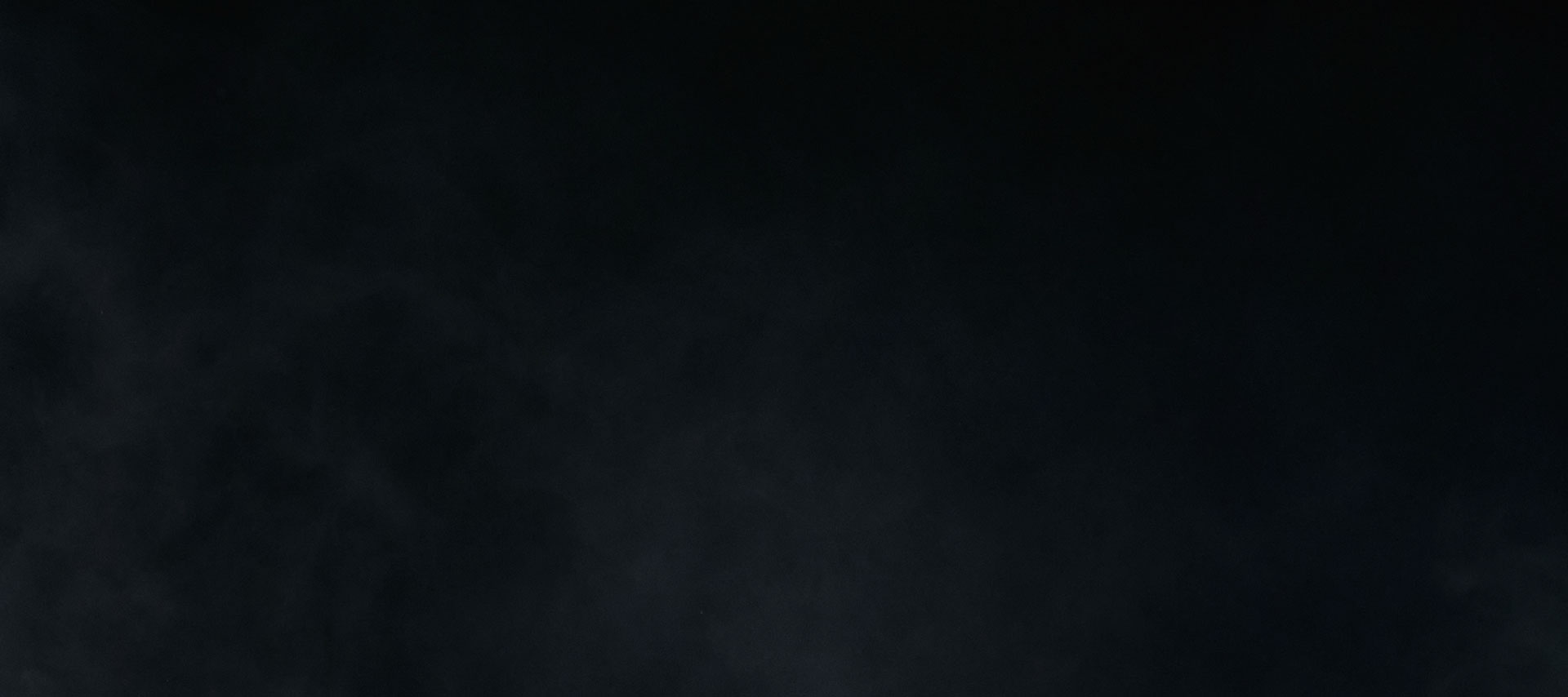
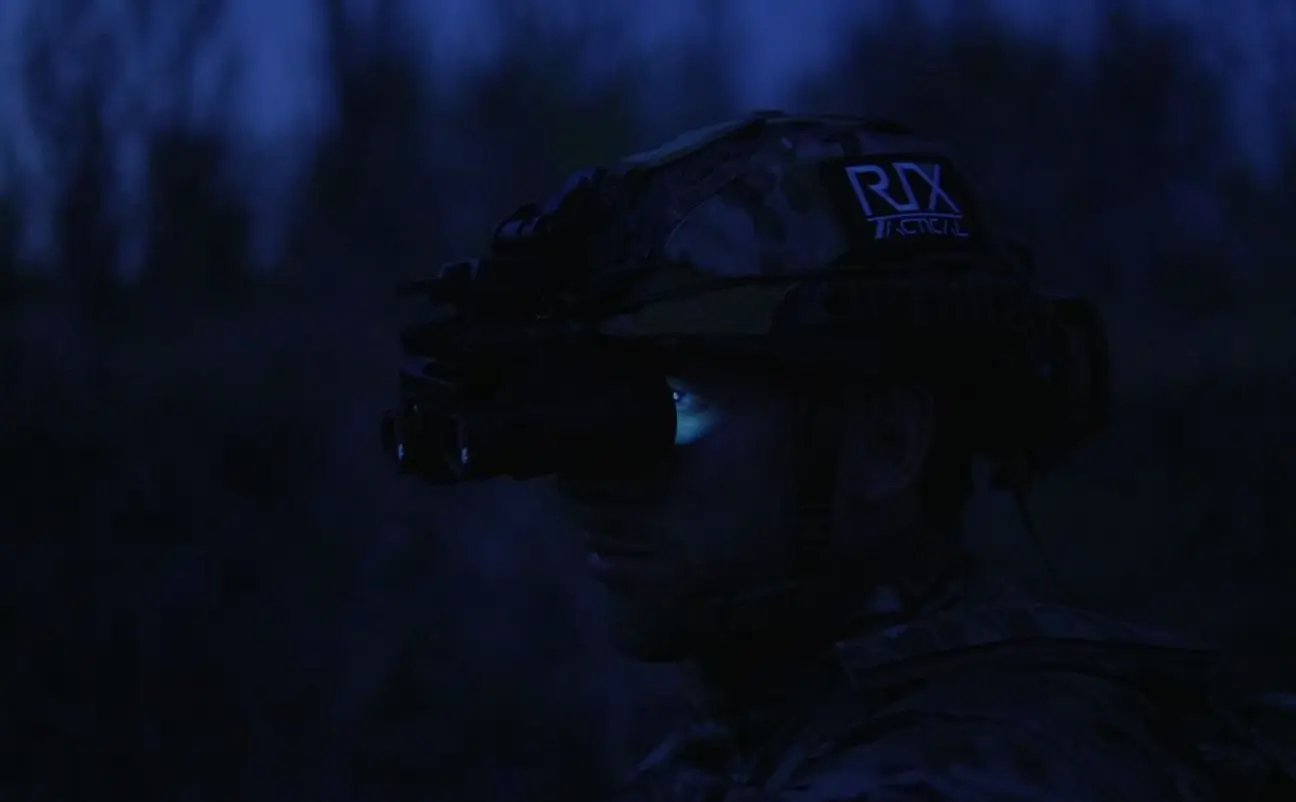
Comments